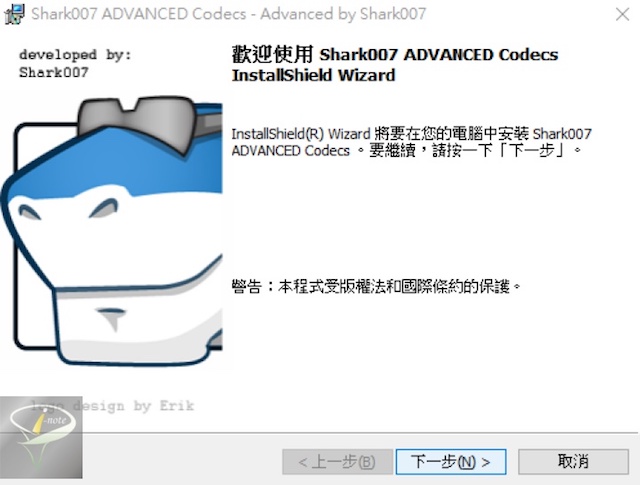
Once Adobe added H.264 support to Flash, the computer browser market shifted almost immediately to H.264. The streaming market was much simpler when H.264 first launched, with computers comprising the dominating platform for streaming video and one plug-in, Adobe Flash, the dominant video player for most websites. Because H.264 is a standard, all video encoded by any H.264 codec should play on any H.264 decoder or player, whether in a browser, smartphone, or Smart TV. Intel and NVIDIA both offer hardware-accelerated H.264 codecs that can be accessed from the Wowza Streaming Engine.


H.264 first launched in May 2003 as the successor to MPEG-2, primarily for use in broadcast applications as the internet was nascent.Īs a video standard, there are multiple implementations of the H.264 codec, including the x264 codec in FFmpeg, and the Beamr codec used in the Wowza Streaming Engine. Technically, AVC is defined in Part 10 of the MPEG-4 standard, and is different from the MPEG-4 codec, which was defined in Part 2 and never really got traction in the marketplace. H.264 and AVC refer to the same technology and are used interchangeably. It was created by two standards bodies, the ITU-T Video Coding Experts Group, which called the standard H.264, and the ISO/IEC JTC1 Moving Picture Experts Group (MPEG), which called the standard Advanced Video Coding (AVC). H.264 is a video coding standard or codec.
Advanced codec software#
We’ll conclude with a section on what you need to know to effectively deploy the H.264 codec, particularly within the Wowza Streaming Engine software and the Wowza Streaming Cloud service. Stereo audio must be provided in AAC for HLS.This article provides a quick overview of the H.264 codec: what it is, how it performs, what it costs, and what it’s good for. When it comes to sound, Apple's HLS specification requires the use of AAC-LC, HE-AAC v1, HE-AAC v2,xHE-AAC, Apple Lossless, FLAC or multichannel formats that only carry stereo. AAC and api.videoĪpi.video transcodes your videos to HLS because this is the industry standard for streaming beautiful, fast, high-quality video across the internet. All of these make the codec provide higher quality sound with more efficient use of space while also providing more flexibility to developers. It offers more channels, up to 48, the ability to use arbitrary bit rates and variable frame rate lengths, joint stereo, better handling of audio frequencies over 16kHz and you can add additional modules to increase compression efficiency. The samples use less space, making this codec more efficient. What makes AAC better than MP3?ĪAC is a better codec than MP3 because it takes more samples than an MP3 does, resulting in higher quality. This lossless technique can be combined with lossy techniques to increase transmission and storage efficiency. This can be used to reconstruct this part of the signal exactly the same as before. Instead, the codec figures out how many times the same sound component occurs and then saves that information as XYZ sound occurred ABC number of times. Typically handling of redundancy doesn't result in the loss of sound data. This technique is fine for transmission of audio information, but not storage, as storing with this technique would result in sound degradation every time the audio was decompressed for use. Difficult to hear sound includes anything that's a very high frequency and situations where a quiet sound occurs at the same time as a louder sound. AAC, like many other audio codecs, starts by dropping out any sound data that can't be heard by humans or which is difficult to hear. Irrelevant components in an audio signal are those which can't be heard by humans. What audio signal components are considered irrelevant? Removing redundancies in the audio signal.Discarding signal components that are deemed irrelevant.This codec uses two coding strategies to reduce the amount of data to represent audio.

AAC-HE (or HE-AAC) is for streaming audio, typically for something like digital radio. It combines high enough quality audio with low enough latency to facilitate communication. There are two common versions of AAC: AAC-LD (Low Delay) which is also referred to as AAC-LC (Low Complexity) and AAC-HE (High Efficiency).ĪAC-LD/AAC-LC is used for two-way communication. It is the most commonly supported audio codec and is available in every major browser and device. This codec was designed to replace MP3 because it offers higher sound quality at the same bit rate.
Advanced codec full#
Full glossary AAC (advanced audio coding) What is advanced audio coding (AAC)?Īdvanced Audio Coding (AAC) is a commonly used lossy digital audio compression codec developed by MPEG (Moving Picture Experts Group).


 0 kommentar(er)
0 kommentar(er)
